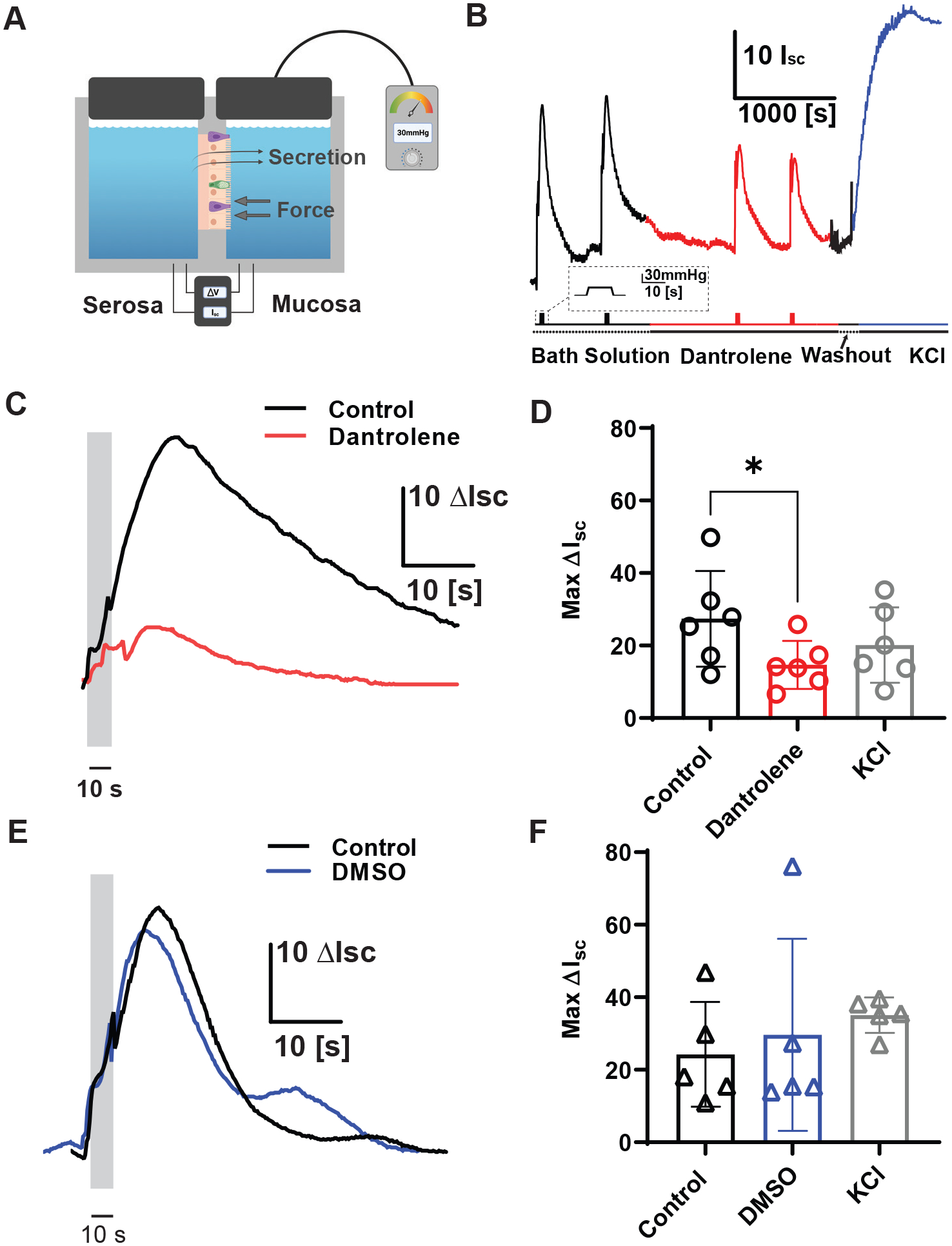Figure 5. Colonic epithelial pressure induced mucosal Isc is inhibited by RyR1/RyR3 blocker dantrolene.

A) Cartoon showing experimental setup of mucosal pressure-clamped Ussing chamber with whole-thickness colon prep. Thick gray arrows represent force applied to mucosal tissue and thin black arrows represent ΔIsc as a measurement of secretion.
B) Typical experimental setup of pressurized Ussing experiments and representative traces of mechanically induced changes in short circuit current (Isc) before (black), during dantrolene treatment (red), washout (black) and during KCl (blue) treatment [Scale bar: 10Isc, 1000s]. Corresponding mechanical stimulation period shown in the line below trace [Scale bar: 30 mmHg, 10 s]. Bath solution (dotted line) or treatment (solid line) duration is depicted in line under mechanical stimulation.
C) Representative short circuit current (Isc) traces showing transient pressure application (30 mmHg, 10s) control response (black) and 20μM dantrolene in the same prep (red). [Scale bar: 10 Isc, 10s].
D) Individual (circles) and mean ± SD (bars) showing short-circuit current (Isc) in response to pressure (ΔP) steps in control, then dantrolene and 50mM KCl controls. Upon mechanical stimulation, tissues treated with dantrolene had a significantly decreased Isc compared to control tissue (Control ΔIsc = 27±13, Dantrolene ΔIsc 15±6.6, KCl ΔIsc 20±10, n=6 tissues)(*P = 0.01, paired t test comparing control to dantrolene). Asterisk (*) used to denote P <0.05.
E) Representative short circuit current (Isc) traces showing control response to 30 mmHg (black) compared to paired DMSO traces (blue). [Scale bar: 10 Isc, 10s].
F) Individual (circles) and mean ± SD (bars) showing short-circuit current (Isc) in response to pressure (ΔP) in control and DMSO incubation with 30mmHg pressure and KCl applied as positive control. Tissues treated with DMSO did not significantly differ from control tissues. (Control ΔIsc = 24±14, DMSO ΔIsc 30±27, KCl ΔIsc 35±5, n=5 tissues)(P = 0.421, paired t test comparing control to DMSO).
